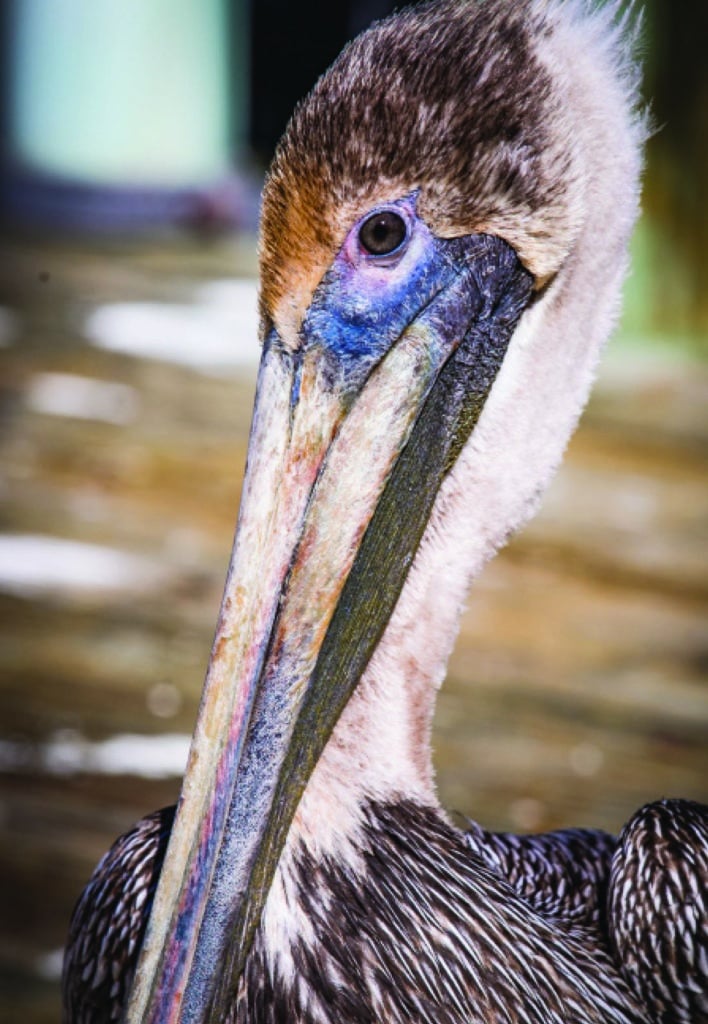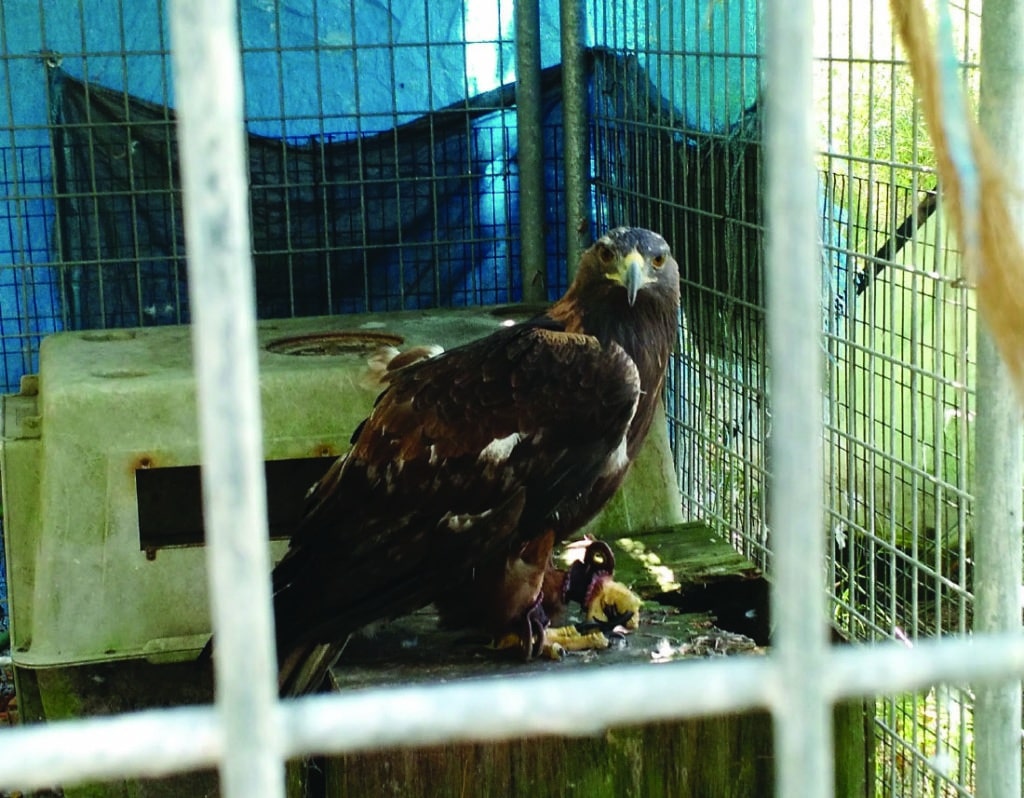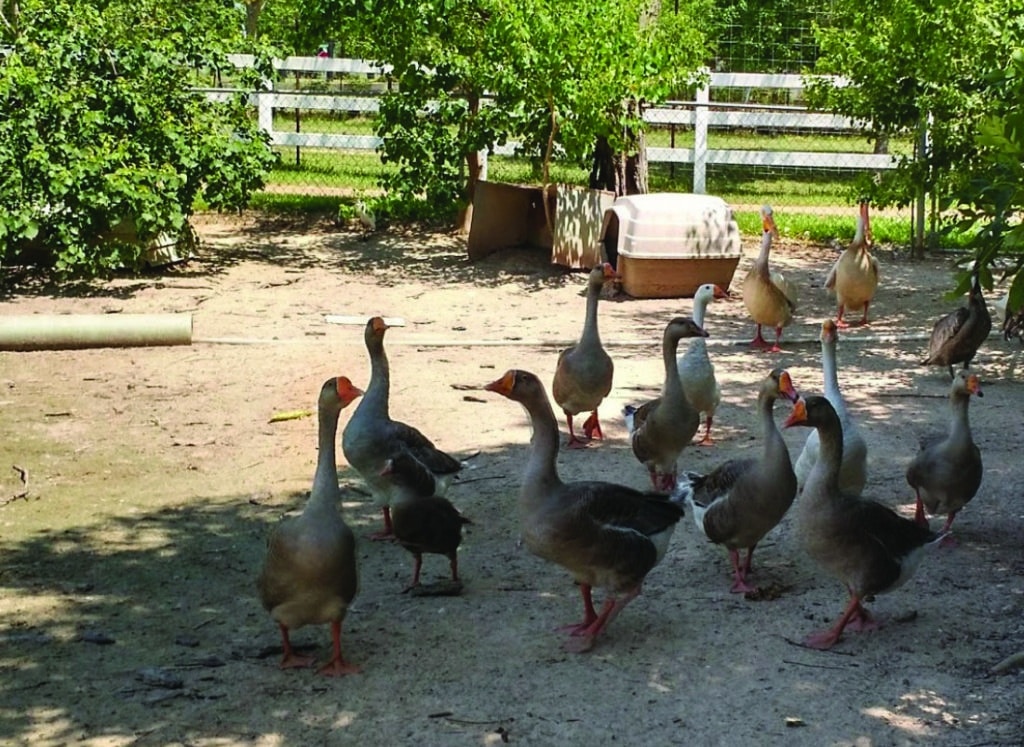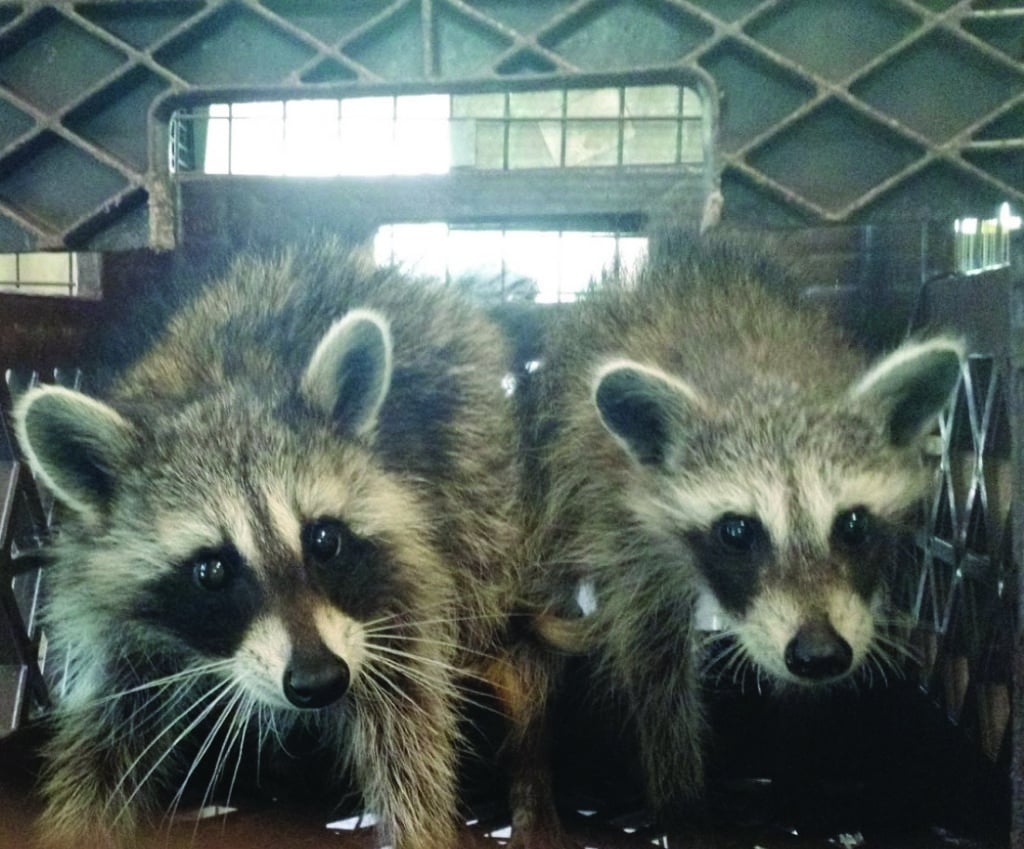Heckhaven Helps Wild Animals Recover And Return To Their Natural Habitats
By Brad Goins
Suzy Heck has been in charge of the Heckhaven Wildlife Rehabilitation Center for 30 years. Each year, her operation receives more than 1,000 wild animals who have been injured or orphaned. (It does not receive dogs and cats.) Heck gives all the animals the care and medical treatment they need to get in the right condition to be released back into the wild. At first, animals are released onto protected reserves.
These days, Heck is having a bit of a pelican problem. She recently told KPLC-TV’s Kaitlyn Rust that some mornings, she’ll see 12 pelicans lined up for feeding. And she doesn’t have enough fish.
There are distinct reasons why the number of pelicans at Heckhaven is ticking up. Pelicans haven’t migrated from the area in the last few years because the temperatures haven’t gotten cold enough to trigger their migrating instincts.
In contrast, the number of fish in the waters is lower than usual, says Heck.
The spate of storms in recent months has thrown the area’s ecosystem out of whack. As saltwater has moved into rivers and bayous in the area, and fresh water has moved down from the north, fish have gone down deeper and deeper to get the water that suits them.
And that puts the fish out of reach for pelicans. “If they don’t see the scales under the water, they won’t dive; and if they don’t dive, even though the fish might be very close to the surface, they’ll starve to death,” Heck told KPLC-TV.
One way Heck can deal with this problem is to get donations of fish from the public. Heck will be glad to receive any sort of fish — except catfish — provided that it’s under a foot-and-a-half long. She’ll take the carcasses of fish that have been filleted, and fillets that have a certain degree of freezer burn.
Those who are dropping fish off at Heckhaven should make sure the bucket is visible if no one is there to receive it.
Read on for more information about Heckhaven’s donation procedures.
Wild Animals Aren’t Pets
Heckhaven believes in one principle so much that it puts it entirely in capital letters — “WILD ANIMALS DO NOT MAKE GOOD PETS.”
The center elaborates on this by stating: “Not only do wild animals not make good pets, but in most states it is against the law to cage or confine a native wild animal. Most American wildlife is protected by both state and federal laws. The mere harassing of certain wildlife is considered a felony crime, and can lead to large fines, and even imprisonment.”
Heckhaven carries both state and federal rehabilitation permits.
Of course, there are many practical reasons for refraining from befriending a wild animal that have nothing to do with legality. For starters, there’s the nature of wildness itself; says Heckhaven, “No matter what kind of animal or how young — even a baby orphan with the eyes still closed — eventually the instinct to turn wild will come out.”
Center staff say that there are cases in which an animal raised by a person will be “human-imprinted.” This means that the animal will prefer human beings to members of its own species. That doesn’t mean the animal will be tame. The animal may allow its temporary human master to feed it, and even pet it or play with it. But when it’s 5-7 months old —
sometimes sooner, sometimes later, depending on the species — it will start to get aggressive.
This doesn’t mean the animal is turning “mean” — only that it’s developing the instincts that have been bred into it for thousands of years. It is turning wild.
Another reason people should be concerned about interaction with wild animals is the possibility of infection. Many diseases that an animal may have can be passed on to people. Some of these diseases can make a person very sick; cause permanent physical and mental impairment; and even be fatal.
Sometimes, perfectly safe and healthy baby animals in wooded areas are picked up by people who think the animals are lost. All the time, the babies’ mother is just a few yards away, hiding in the bushes and hoping that the people will pass her babies by so she can retrieve them.
What To Do?
Suppose you do encounter a wild animal that is obviously in need of help. How should you proceed?
A healthy wild animal (unless it is a newborn baby) will not let a human being come near it. If you find an animal that’s sick or injured, don’t touch it. A sick or injured animal will attack you out of pain or fear.
Heck advises that you call your animal control agency, Wildlife & Fishery agency or state park rangers. These groups will have the equipment and ability to capture and take care of the animal.
Who Are The Adoptees?
Some of the center’s adoptees, or wards, come to Heckhaven after they’ve been orphaned, and some have been rescued from people who tried to make pets of them. Most are injured when they arrive.
The center’s purpose is to help them mend and get strong enough to be released back into the wild. The wild is their natural environment. And it is a credo of Heckhaven that all healthy wild-born creatures should be allowed to stay wild and free.
Here are a few of the types of adoptees received at the center:
Raptors, Hawks, Owls
Most baby raptors are brought in after they’ve fallen from the nest. They may have fallen due to the effects of a storm or because curiosity got them too close to the edge.
The grown hawks and owls that are brought in have been shot or hit by a car.
Water Fowl
Pelican babies try to test their wings by following a parent in flight. They aren’t yet strong enough to fly far, so they glide on the wind and, sometimes, lose their bearing. They then land and walk around in search of something that looks familiar.
Grown pelicans come to Heck-haven with fish hooks and line or plastic wrapped around them.
The geese that are brought in have usually been shot.
Mammals
Many baby deer, or fawns, are found alone in the woods, where they are picked up by well-meaning hikers. Others have often been injured by bush-hogs or cars. Federal agents bring in fawns they have confiscated from poachers.
Many of the baby raccoons are brought in when people find them in their attics.
Exotics
Heckhaven takes in many exotics: ferrets, sugar gliders, rabbits, potbellied pigs, parrots, etc. Often, these are animals that people buy and then get tired of.
Heckhaven urges prospective owners of exotics to read about the animal, talk to owners, and consider their lifestyle and the amount of time they have available before they take on the responsibilities of an exotic pet.
Among the many other animals that are brought in on a regular basis are the baby and adult fox, mink, squirrel, opossum, nutria and wild rabbit. Each animal, young or old, comes in afraid and hurt (either mentally or physically or both).
Many of the orphans are babies found along roadsides where they are staying by a killed mother.
Injured animals are mostly birds of prey that have been shot. Raptors or predatory birds (hawks, owls, eagles, ospreys) are large birds; as they glide on the wind, they make easy targets.
Automobiles send many injured raccoons and deer to the center.
Care
When each animal arrives, it is thoroughly checked for inJury, parasites and its general health and condition. If an animal is injured, a veterinarian is called in to assess the injury. If necessary, a broken leg or wing is set, or surgery is performed to remove a bullet.
Sometimes it’s determined that the animal’s injury or illness is so severe that the kindest thing to do is to euthanize it. It’s a reality that many of the animals that come in won’t survive.
Those that have a chance to live are patiently and lovingly cared for. Incubators, heating pads and plain old human body heat are used to quiet and warm a new arrival.
All wild animals are quarantined for a minimum of 24 hours. This gives the newcomer a chance to settle down and accustom itself to the surroundings and be carefully observed.
After this period, if all is well, the animal is placed with others of its kind, age and condition.
Baby mammals are fed a bottle formula of animal or human milk supplement, liquid vitamins, eggs and bone meal. As they grow, dry pet chow, fruits and vegetables are added.
The diets of carnivores are supplemented with meat, canned dog and cat foods, eggs and fish. Raptors are fed a specialized diet of chicken parts that are heavily injected with vitamins, iron and calcium and rolled in bone meal and fur or hair.
Teaching The Babies
An animal that arrives fully mature is released as soon as it recovers. Most releases are made on a protected reserve or refuge to give the animal a chance to readjust to being on its own.
A center-raised baby is another matter. Predatory and foraging techniques are not inborn instincts. They’re normally taught by the mother; but, when Mom is human, the “center Mom” must take over and do the teaching.
It’s not the easiest thing to teach a hawk or owl to attack, kill and eat a mouse; or to teach a raccoon to turn over a rock and catch a crawfish that can give a nasty pinch to a soft paw or nose. Patience, practice and perseverance help.
When they’re ready for release, center-raised orphans are taken to what is called a “half-way area.” These are protected wooded or swamp areas containing a large flight cage or enclosed exercise run where the animals that are ready for release are housed. They are fed and watered daily.
At the end of a week, the door is removed. While the animals are still being fed and watered daily, they are allowed to go and come as they please.
Within a short time, they quit re-turning for food. Heckhaven’s job is finished until the next orphan arrives.
Preserving The Paradise
Louisiana is called the “Sports-man’s Paradise.” In order for the state to keep this distinction, citizens must protect and nurture its furred, finned and feathered neighbors. Pollution, indiscriminate building, land stripping and hunting overkill are their, and our, worst enemies.
Heckhaven will continue to see that the public learns about the crucial role wild creatures play in the area’s ecosystem and culture, and how fragile these animals can be in the face of misuse of technology and human neglect.
Heckhaven is a 501(c) non-profit, non-government-funded, totally self-supported agency that relies on public donations and out-of-pocket contributions.
Those interested in being donors are invited to check out the center’s web page. Visitors are invited to ask questions about animals or Heckhaven’s missions or to make comments about the site.
Those who decide to help can adopt an animal, make a condolence donation or assist with any sort of donation they want to make. Every dollar counts towards the care and feeding of Heckhaven’s adoptees and wards.





















Comments are closed.